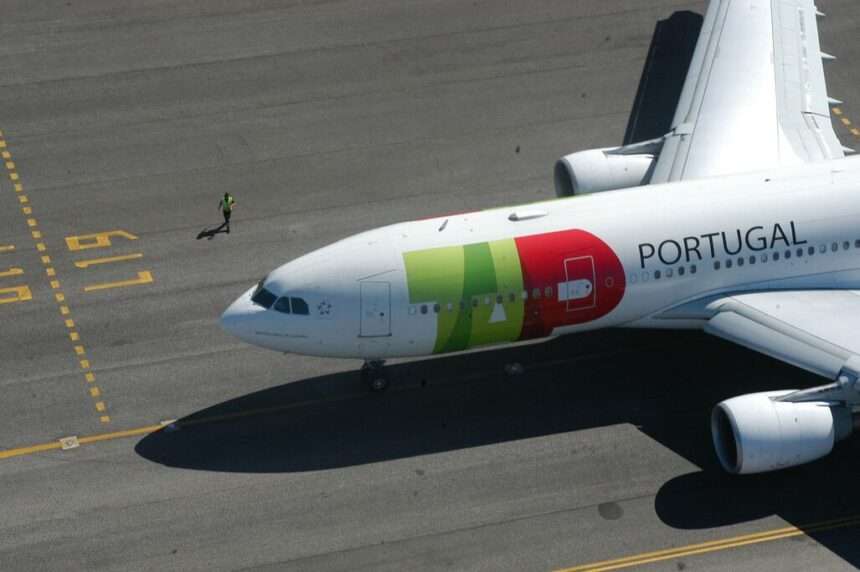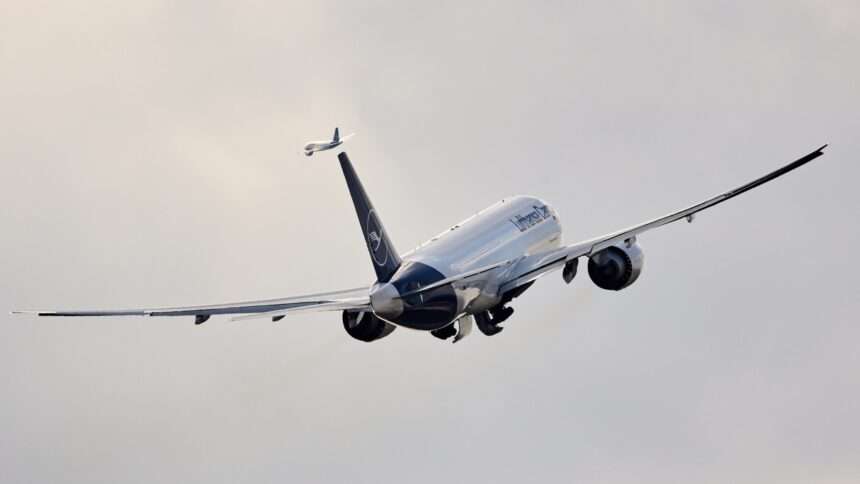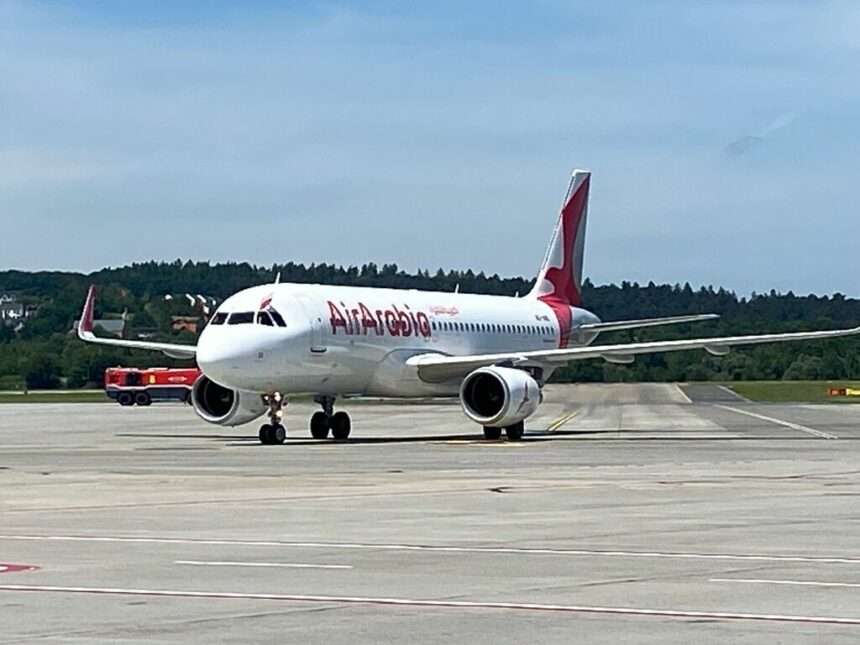The Federal Aviation Administration (FAA) has confirmed that a Southwest Airlines Boeing 737 MAX suffered a Dutch Roll at 32,000 feet.
Information has been released pertinent to the incident, which we will get into in this piece.
Without further ado, let’s get into it…
Southwest Airlines Flight WN746 – Phoenix to Oakland…
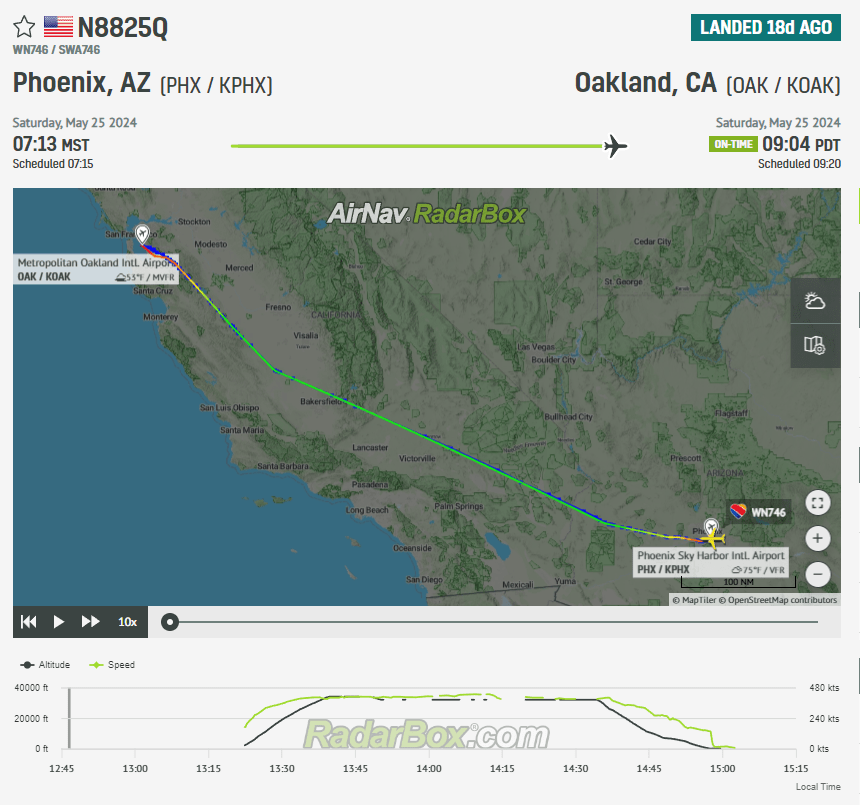

Southwest Airlines flight WN746, which suffered the Dutch Roll, is a routine scheduled flight between Phoenix and Oakland.
The aircraft affected by this accident was N8825Q.
As per data from Planespotters.net, N8825Q is a 1.6 year old Boeing 737 MAX 8 that was delivered to the airline in December 2022.
Of the 737 MAX 8 variant, Southwest Airlines has 230 of them in the fleet.
Furthermore, of that 230, all but two are in active service, with an average fleet age of 2.7 years.
The airline has an all-Boeing fleet, which in total amounts to 815 aircraft:
- 379 737-700s.
- 206 737-800s.
- 230 737 MAX 8s.
Furthermore, the overall average age across all 815 aircraft sit at 11.7 years.
Southwest Airlines flight WN746 departed Phoenix at 0713 local time on May 25.
As per The Aviation Herald, it is understood the Dutch Roll took place when the aircraft was at 32,000 feet.
Furthermore, following this accident mid-air, the aircraft was able to regain control and continue on to Oakland.
Data from RadarBox states that the aircraft landed safely into it’s destination at 0904 local time.
Aircraft Sent to Boeing Factory in Everett…
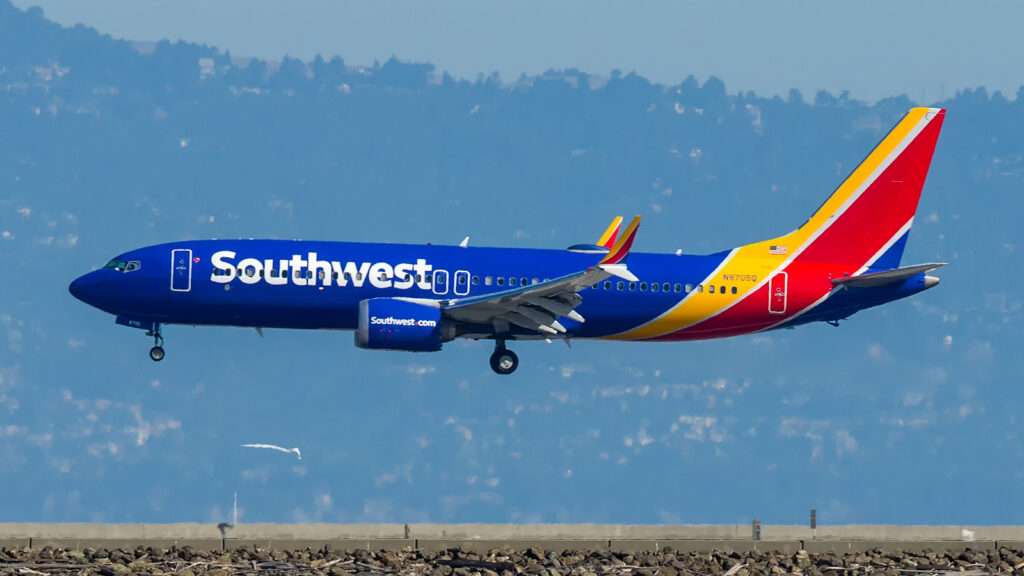
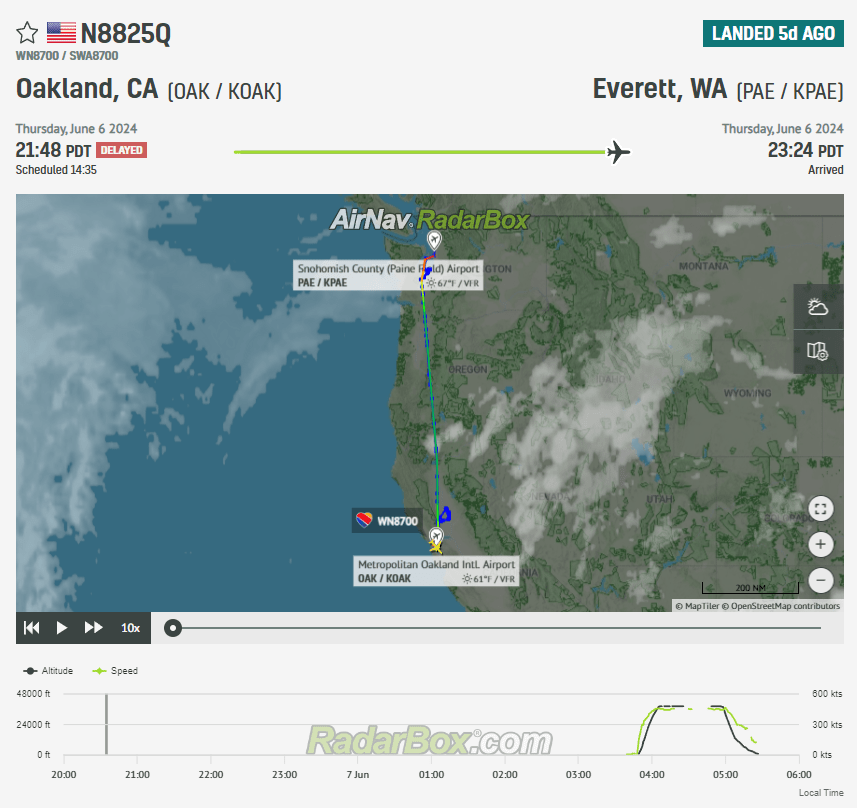
Following the incident, the aircraft was grounded until June 6, just last week.
Rather than re-entering commercial service, the Southwest Airlines 737 MAX headed to the Boeing facility in Everett from Oakland.
Furthermore, the aircraft has been on the ground at Everett since the late evening of June 6.
No additional flights for the aircraft have been logged following that positioning flight.
AviationSource has approached Boeing for a comment regarding the accident and also why the airframe is sat in Everett.
What is a Dutch Roll?

A Dutch Roll is an aircraft motion which is attributed to an out-of-phase combination of tail-wagging on the Yaw as well as rocking from side to side on the Roll.
Within aircraft engineering, the Dutch Roll results from relatively weaker positive directional stability.
This is compared to the usual requirement of needing positive lateral stability.
When the Southwest Airlines 737 MAX rolled around the longitudinal axis, a sideslip is introduced into the relative wind direction of the rolling motion.
This is what can make the aircraft difficult to control, but pilots are trained for effects that occur like this.
In the case of WN746, this was caused due to a damaged Power Control Unit (PCU), which weakened the directional stability of the aircraft.
The PCU controls the vertical rudder of the aircraft, which would ultimately explain why the Dutch Roll happened in the first time.
Overall…

In conclusion, all eyes will be on what comes next following this accident involving the Southwest Airlines 737 MAX.
The issue must be of significant concern if the aircraft has been sent to the Everett factory.
Furthermore, it will also be interesting to see whether Boeing will provide a statement on this accident.
The 737 MAX has been under intense scrutiny over the last six months following the door blowout of Alaska Airlines flight AS1282.
As soon as more information is released pertaining to this accident, then we will update you accordingly.
For now, this remains a developing story pending additional updates which will be at the bottom of this article.
Update #1
Boeing has declined to comment, referring us on to Southwest Airlines. We have also approached the airline for comment now.
Update #2
Southwest Airlines has also responded to AviationSource with what is mostly a no comment other than the fact that they are “in contact with Boeing and the FAA”.
Update #3
The Aviation Herald has provided an update regarding this accident. They said that two ribs which mount the PCU on the Southwest Airlines 737 MAX were damaged as well as the mounts of the stand of the actuator.
It is understood a temporary fix was made to allow the aircraft to be ferried over to the Boeing factory in Everett to be fixed properly.
Update #4
In the last few hours, NPR has released an article stating that the Federal Aviation Administration will be investigating this incident.
They said that they are working closely with the NTSB and Boeing to ascertain what went wrong.
“We will take appropriate action based on the findings”, they said to the media outlet.
Update #5
The NTSB has released a statement following the incident involving the Southwest Airlines 737 MAX Dutch Roll event:


Click the banner to subscribe to our weekly Emergencies and Incidents newsletter.

Click the photo to join our WhatsApp channel so then you can stay up to date with everything going on in the aviation industry!






